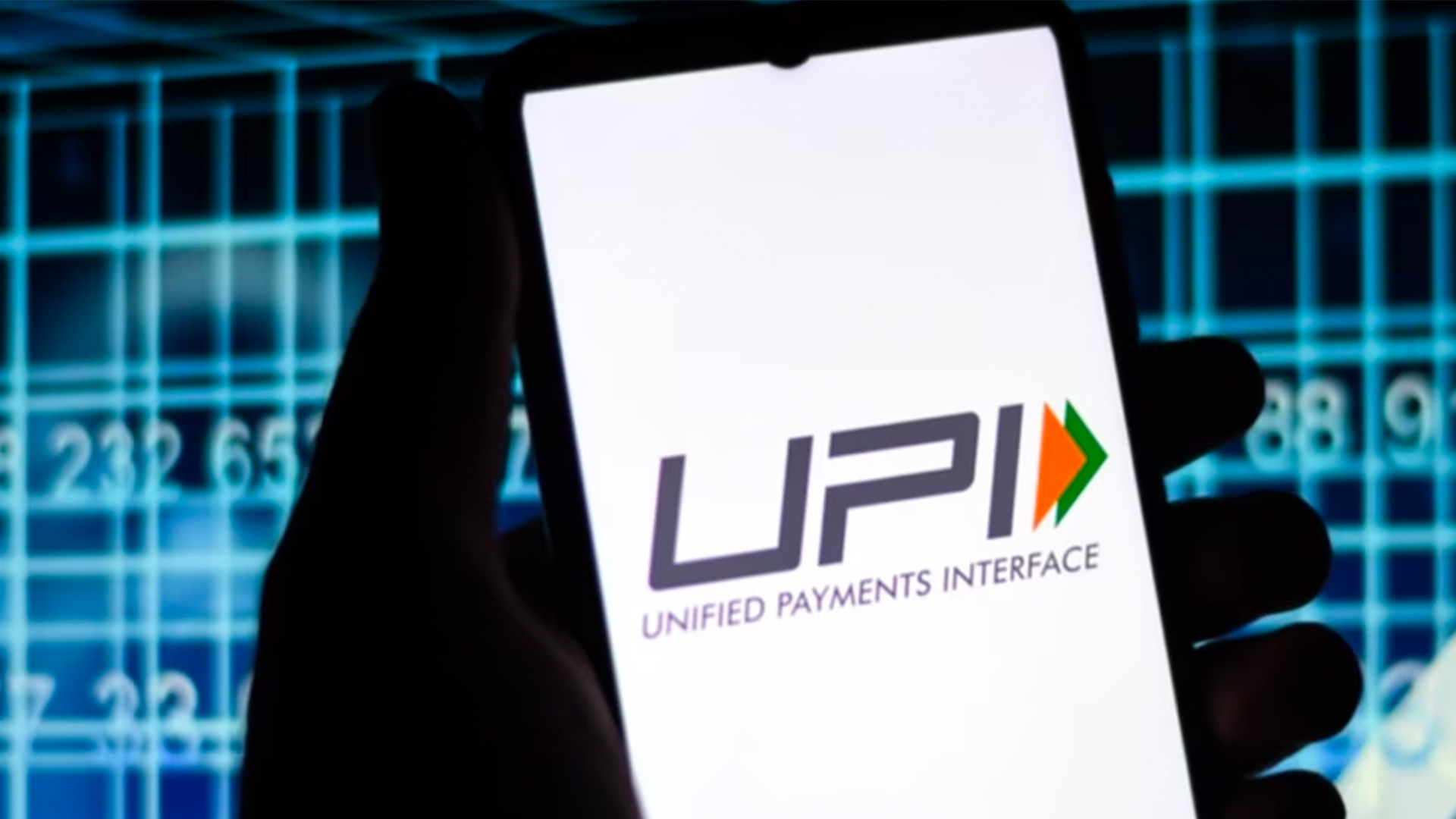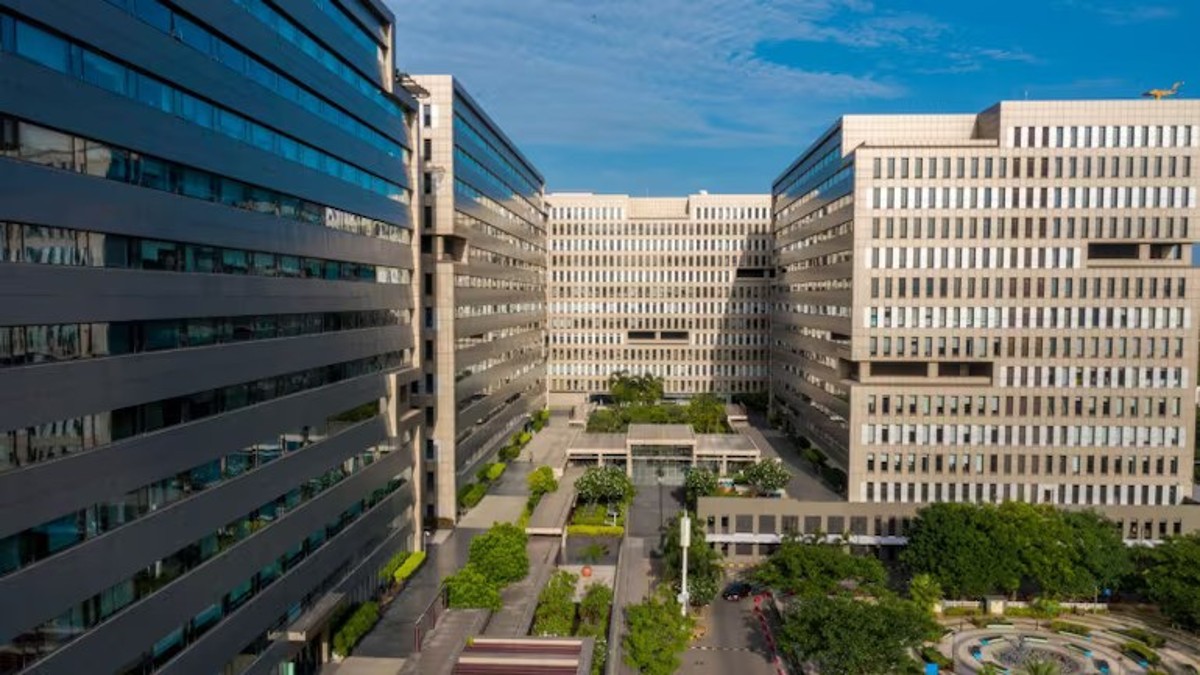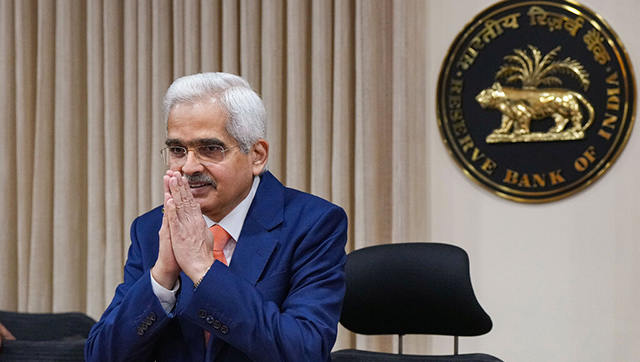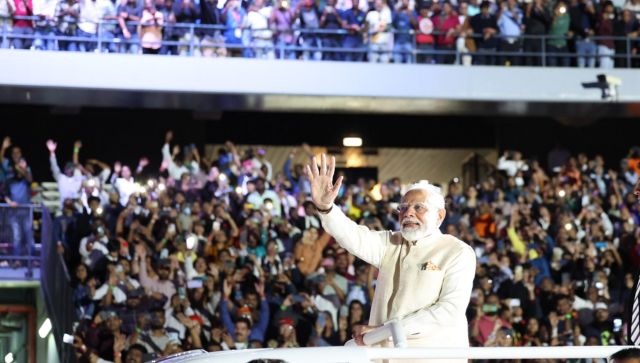First, let’s get the terminology out of the way, that makes understanding everything that is to follow much more simpler to understand.
- Aadhaar is a Unique Identification Number (UID) for all residents of India issued by the Unique Identification Authority of India ( UIDAI ). Aadhaar Enabled Payment System ( AEPS ) uses the Aadhaar number for transactions, without exchange of any other personal information between the two parties executing the transaction.
- Unified Payment Interface ( UPI ) merges the features of participating banks, merchant payments and fund routing into a single mobile application . UPI allows for fund transfers using a handle similar to an email address that can be customised by the user.
- Indian Financial System Code ( IFSC ) is a alphanumeric string unique to bank branches used for financial transactions, a part of the National Electronic Funds Transfer (NEFT) network, a nationwide payment system facilitating one to one financial transactions.
- Immediate Payment Service ( IMPS ) is an instant inter-bank payment service, facilitated through a Mobile Money Identification Number ( MMID ).
- Bharat Interface For Money ( BHIM ) is a mobile application that allows transactions through UPI, AEPS, IMPS, NEFT or QR codes .
- Unstructured Supplementary Service Data (USSD) is a protocol used globally by telecom operators to provide value added services to subscribers.
- National Unified USSD Platform (NUUP) uses USSD to allow feature phones to make mobile transactions by just dialing *99#. Smartphones with operating systems on which Bhim has not been launched yet, can use NUUP to make cashless transactions . AEPS is planned to be merged with Bhim.
- UPI, AEPS, and Aadhaar all form a part of the India Stack , a set of Application Programming Interfaces (APIs) that allow government organisations and private companies to deploy cashless and paperless technologies.
Now that we know most of the terminologies associated with cashless transactions in India, let us have a look at what the budget means for the digital economy in India.

Arun Jaitley introduced the push for cashless transactions by saying, “Promotion of a digital economy is an integral part of the government’s strategy to clean the system and weed out corruption and black money. It has a transformative impact in terms of greater formalisation of the economy and mainstreaming of financial savings into the banking system. This, in turn, is expected to energise private investment in the country through lower cost of credit. India is now on the cusp of a massive digital revolution.”
The government had laid the foundations of the push towards cashless economy before the demonetisation of high value currency notes. The Finance Minister referred to this foundation as the JAM trinity, which stands for Pradhan Mantri Jan Dhan Yojana (PMJDY), the Aadhaar card, and mobile connectivity. The PMJDY was a measure to increase the financial inclusion of the underserved when it came to banking. Banks were encouraged to open accounts for those who did not have an account. There were steps announced to give the cashless economy a big push going forward, with a focus on improving security, building up the infrastructure and programs to familiarise the people with cashless transactions.
A target has been set for 2,500 crore digital transactions for 2017-18. This is the target for the total number, and not the value, of cashless transactions conducted using AEPS, USSD, UPI, IMPS and debit cards. Banks have been ordered to introduce 10 lakh additional point of sale (PoS) terminals by March 2017, and 20 lakh Aadhaar based PoS terminals by September 2017. Aadhaar based PoS terminals use biometric identification for authenticating the transactions, and do not require consumers who make the payments to have a mobile phone or plastic cards. Only an Aadhaar linked bank account is sufficient to make the transaction.
Rakesh Desmukh, CEO & co-Founder of Indus OS says, “Several of the initiatives rolled out seek to include the masses into the ‘Digital’ India’ fold, making it possible for them to not only have the right technology to transact online, but also the right broadband infrastructure to provide Internet to data dark areas. Specific announcements and provisions like the target of 2,500 crore digital transactions across platforms like UPI, AadharPay, IMPS, launch of AadharPay for merchants, and Aadhar-based smart cards for senior citizens, all encourage more Indians to come online and gives them more reason to transact online. Incentives to promote the use of Bhim app will make citizens more comfortable with mobile wallets, and we see all of these as providing a major boost to India’s move to digital.”
If you have been going around helping friends, family and local shopkeepers about how to conduct cashless transactions, hold on till the Government introduces referral bonuses for using Bhim . This way, you will actually be able to get some benefit for getting people to use the platform. Aadhaar Pay for merchants is already available as a backend service for banks to integrate with their applications. IDFC bank has launched an application that supports AEPS transactions for merchants, and the app is being tested out in Andhra Pradesh.
One of the biggest challenges for the government is to increase the adoption of cashless transactions in remote and rural areas. The government plans to strengthen the Financial Inclusion Fund to help take up initiatives to fortify the infrastructure needed for cashless transactions. Vijay Shekhar Sharma, Founder and CEO, Paytm says, “Every person from a small shops to consumers are pushed towards the digital economy. Tax benefits, incentives to use digital payments and extending loans based on a digital footprint will create a larger merchant ecosystem for digital payments.”
Local small merchants, post offices, and banking correspondents are being roped in, in rural and semi-urban areas. Digital transactions will be promoted in petrol pumps, fertiliser depots, municipalities, block offices, regional transport offices, educational institutes and hospitals. There is a possibility that cashless transactions are made mandatory in these locations. One of the major hurdles is that most of rural India is connected through mobile , and over spotty 2G connectivity, which are not ideal for financial transactions.
The government is undertaking structural reforms to the entire payment ecosystem, and will suggest appropriate amendments after reviewing the Payment and Settlement Systems Act, 2007. The first of these reforms is to replace the Board for Regulation and Supervision of Payment and Settlement Systems in the RBI with a new Payment Regulatory Board. These regulations are a means to reassure the common man of the safety of making cashless transactions, and to strengthen the digital economy. The technology industry has welcomed the measures taken to improve the security of cashless transactions in India.
Sony Joy, CEO and co-founder Chillr says, “This Budget has emphasised a shift to digital economy which has huge benefits for the common man. The setting up of a Payment regulatory board in RBI is an applaudable move by the government. This will safeguard the interest of the customers who are moving towards digital transactions as well as the industry as a whole. Launching of schemes and incentives to promote digital transactions is another great initiative taken by the government. But unfortunately, it seems to be very focused on the government platform. Across the globe it has been seen that such disruptions cannot happen unless government joins hand with private players. The limit of 3 lakhs on cash transactions is quite high. It could have been lowered to help digital transactions. The much awaited rebate on income tax/service tax for payments made digitally was also missing from the charts. We were expecting at least a direction towards it in the future, if not an immediate implementation. Overall this budget will bring big boost for digital payments.”
The Finance Minister also said that stakeholders and experts would be consulted to look at implementing the recommendations of the Interim report on Digital payments filed by a panel of Chief Ministers and policy experts. The panel recommends setting up special provisions for high value digital transactions as well as lowering the taxes and creating the conditions necessary for creating more hardware locally to support digital transactions, including point of sale terminals and fingerprint scanners. PSUs, corporates and NGOs and micro-finance institutions are suggested as partners for increasing awareness of cashless transactions.
)
)
)
)
)